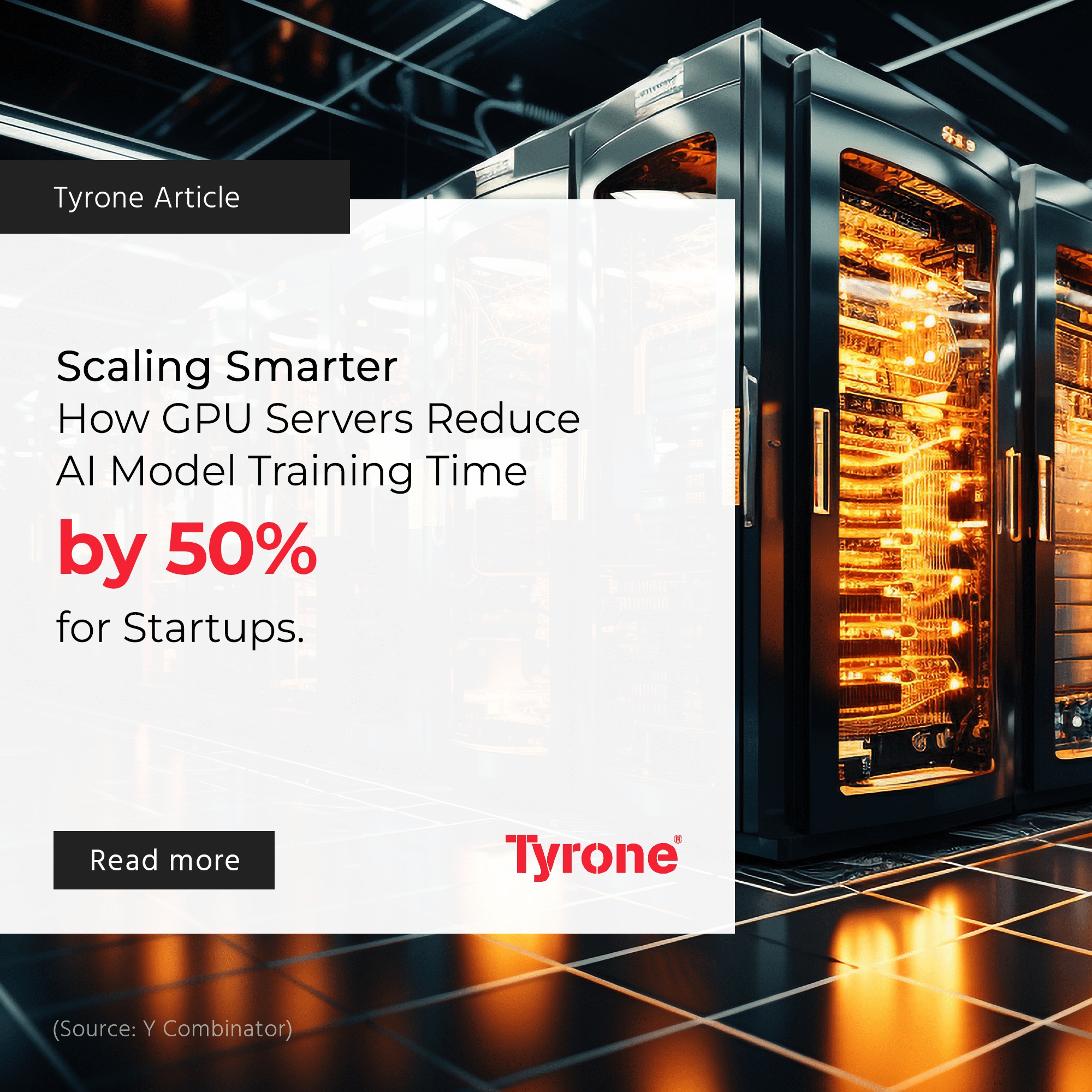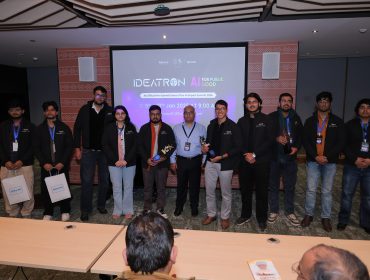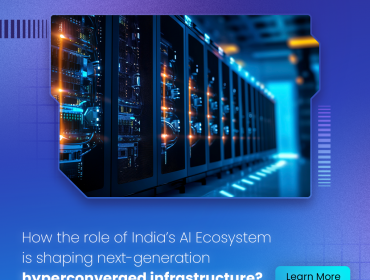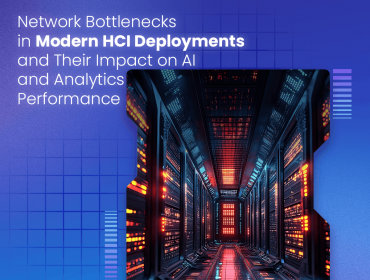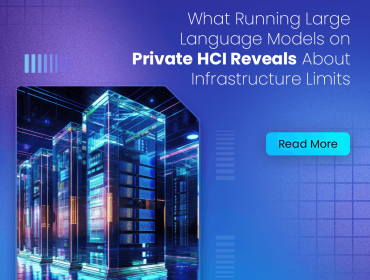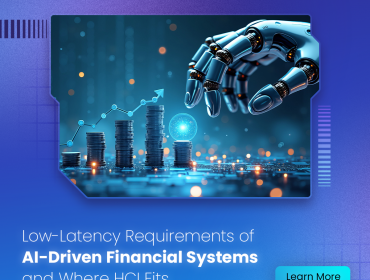Introduction
In the fast-paced and data-driven world of AI and machine learning, the ability to process vast amounts of data swiftly is paramount. Optimizing training times for AI models is crucial for startups eyeing to carve a niche in this competitive landscape. One innovative way to achieve this is through the adoption of GPU servers. These specialized servers invariably enhance parallel processing capabilities, significantly reducing AI model training times, sometimes slashing them by up to 50%.
The Importance of GPUs in AI and Machine Learning
Graphics Processing Units (GPUs), initially designed for rendering graphics, have evolved into powerful tools for computational tasks. The architecture of GPUs entails thousands of smaller, more efficient cores designed for multi-threaded, parallel processing, contrasting the few, larger cores in CPUs optimized for serial processing[Source: CudoCompute]. This makes GPUs exceptionally well-suited for AI and machine learning tasks, particularly deep learning models that involve extensive matrix operations and large datasets[Source: Nvidia].
How GPU Servers Slash AI Model Training Time By 50%
The efficiency of GPUs stems from their ability to handle parallel computations which drastically cut training periods[Source: Serverwala]. For instance, it has been observed that deep learning models process massive data inputs more effectively due to superior memory bandwidth in GPUs, reducing bottlenecks[Source: Medium]. Therefore, startups leveraging GPU servers can attain faster insights and expedited iteration cycles on complex models.
Furthermore, the benefit is not just theoretical. Real-life implementation by numerous startups has demonstrated that GPU servers can reduce training times by as much as 50%[Source: Fs]. This dramatic decrease is indispensable for startups aiming to get their products to market swiftly and iterating efficiently based on user feedback and performance metrics.

Benefits Extending Beyond Speed
Real-Time Applications
The accelerated processing times of GPUs also enable real-time applications such as autonomous vehicles, which rely on instant data interpretation to make split-second decisions. Similarly, real-time language translation services capitalize on GPU’s rapid inference capabilities[Source: TelNyx]. These capabilities are crucial for startups that must quickly respond to various real-time demands of their applications.
Data-Intensive Tasks Made Easier
GPU servers are adept at managing large datasets, making them invaluable for data-intensive tasks prevalent in AI and machine learning. This efficacy in handling big data leads to quicker analysis and model training, facilitating startups in gleaning insights at an unprecedented pace[Source: DataForGroup]. This efficiency allows startups to capitalize on the opportunities provided by big data without the lag traditionally associated with such tasks.
Cost Considerations and Return on Investment
While it’s true that GPU servers may come with higher upfront costs, their ability to reduce overall training time translates to significant cost savings in the long run. These savings arise from reduced time to market, lower operational costs, and the ability to deploy more refined models due to increased iteration speeds. Startups can thus leverage cloud-based GPU services, which offer a pay-as-you-go model that further mitigates the financial burden[Source: CudoCompute].
Optimizing GPU Servers for AI
Scalable Solutions
Scalability is a critical feature of cloud-based GPU servers. Startups can scale resources up or down depending on their project needs, which is particularly advantageous when handling fluctuating workloads[Source: CudoCompute]. This flexibility ensures startups can optimize their resource usage, preventing wastage and lowering costs.
Performance Optimization
Setting up and optimizing GPU servers involves several steps, including the installation of the latest GPU drivers, CUDA toolkit, and AI frameworks like TensorFlow and PyTorch[Source: HyperStack]. Regular updates and monitoring also play a crucial role in maintaining optimal performance. This ongoing optimization ensures that startups consistently get the most out of their GPU investments.
Technical Challenges and Considerations
Despite the many advantages, there are challenges to consider. GPU servers are power-intensive and generate significant heat, necessitating efficient cooling and power management systems[Source: CudoCompute]. Additionally, ensuring the compatibility of software and hardware components is essential for seamless integration and operation[Source: Run.ai]. Startups must balance these technical considerations with their performance needs and budget constraints.

Conclusion
For startups, the adoption of GPU servers represents a strategic investment toward significantly accelerated AI model training times. By leveraging the parallel processing power and superior memory bandwidth of GPUs, startups can reduce training times by up to 50%, enabling quicker iterations and more rapid product deployment. This capability, coupled with the scalability and flexibility offered by cloud-based solutions, positions GPU servers as a critical tool in the arsenal of any AI-focused startup looking to scale smarter and stay ahead in the competitive landscape.
While there are inherent challenges and costs associated with GPU servers, the cumulative benefits in terms of speed, efficiency, and real-time processing far outweigh these considerations, making them an indispensable asset for startups aiming to revolutionize the AI domain.


